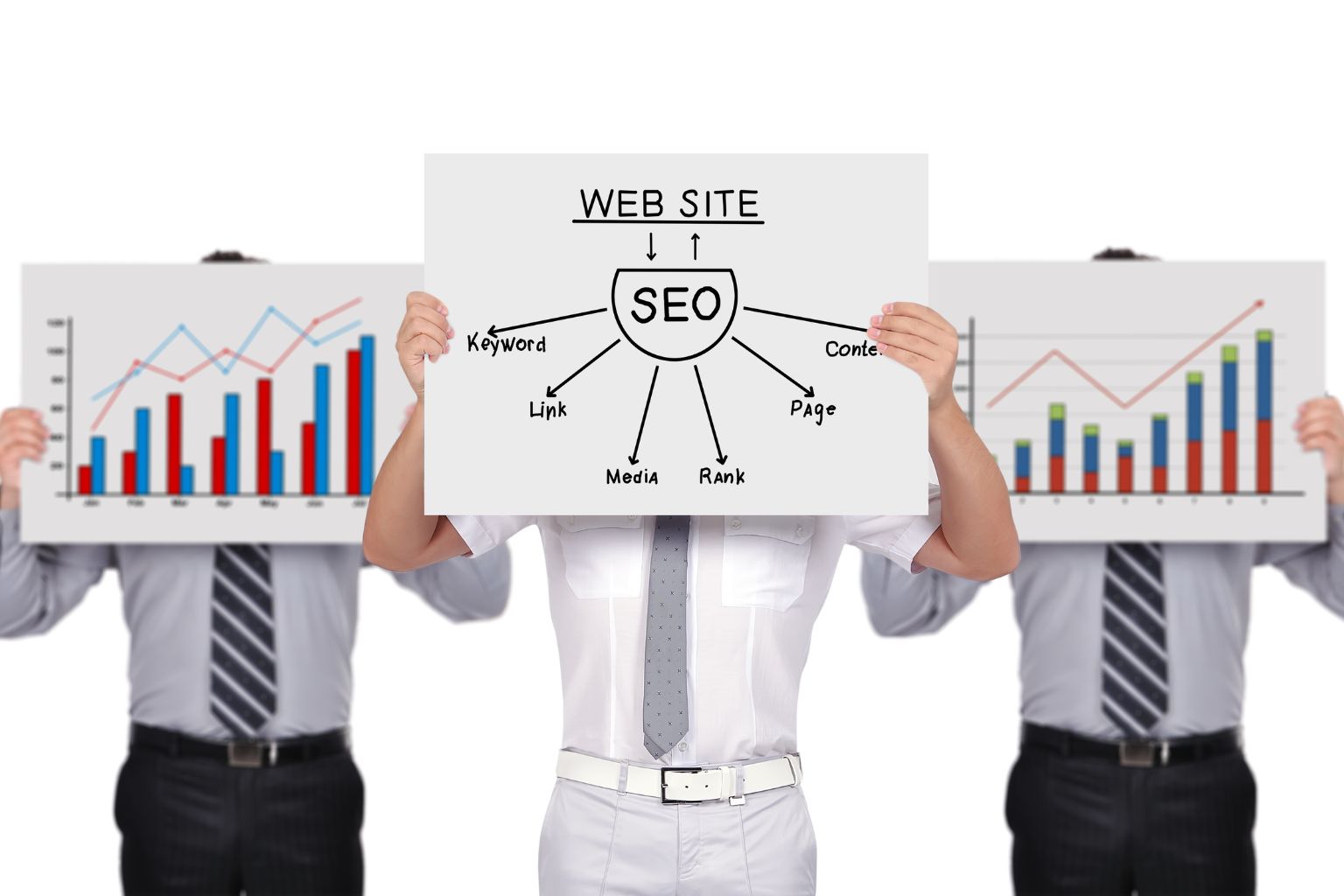In the world of digital marketing, two powerful strategies stand out: SEO (Search Engine Optimization) and SEM (Search Engine Marketing). While both aim to improve online visibility and drive traffic to websites, they employ different approaches. Understanding the differences between SEO and SEM is crucial for businesses to make informed decisions and choose the right strategy.
In this blog, we will explore the fundamentals of SEO and SEM, highlighting their unique characteristics, and provide insights to help you determine which approach suits your goals.
Contents
Search Engine Optimization (SEO)
A. Definition and Goals:
- SEO defined: It refers to the practice of optimizing websites and content to rank higher in organic search results.
- Goals of SEO: Enhance visibility, drive organic traffic, improve website authority, and boost long-term rankings.
B. Key Components of SEO:
- On-Page Optimization: Optimizing website structure, meta tags, content, and keywords to align with search engine algorithms.
- Off-Page Optimization: Building high-quality backlinks, establishing domain authority, and increasing online reputation through content promotion and social signals.
- Technical Optimization: Ensuring website accessibility, mobile-friendliness, page speed, and indexability for search engine crawlers.
C. Benefits of SEO
- Cost-effectiveness: Organic traffic is free, reducing the need for continuous ad spend.
- Long-term Sustainability: SEO efforts can have a lasting impact, even after initial optimization.
- Credibility and Trust: Higher organic rankings often convey trustworthiness and authority to users.
Search Engine Marketing (SEM)
A. Definition and Goals
- SEM defined: SEM involves paid advertising efforts to gain visibility in search engine result pages (SERPs).
- Goals of SEM: Drive immediate traffic, increase conversions, and achieve specific marketing objectives through paid ads.
B. Key Components of SEM
- Pay-per-click (PPC) Advertising: Bidding on keywords and displaying targeted ads on search engine platforms.
- Ad Copy and Landing Optimization: Creating compelling ad copy and optimizing landing pages for better conversions.
- Campaign Monitoring and Optimization: Constantly monitoring ad performance, adjusting bids, and refining targeting for optimal results.
C. Benefits of SEM
- Immediate Results: Paid ads can generate instant traffic and visibility.
- Precise Targeting: SEM allows targeting specific demographics, locations, and interests.
- Measurable ROI: SEM platforms provide detailed analytics to track campaign performance and optimize ad spend.
Choosing the Right Strategy
A. Factors to Consider
- Budget: Determine the available resources for marketing and advertising.
- Timeline: Assess the urgency of achieving results.
- Competition: Evaluate the level of competition in your industry and the SEO landscape
- Goals: Clarify your marketing objectives, whether it’s immediate traffic, long-term visibility, or a combination of both.
B. Synergistic Approach: SEO and SEM Integration
- Combining SEO and SEM can yield enhanced results, as they support each other’s efforts.
- SEM can provide immediate visibility while SEO works on long-term organic growth.
- Use SEO insights to inform SEM keyword targeting and ad copy optimization
SEO and SEM are powerful digital marketing strategies with distinct approaches and benefits. While SEO focuses on organic rankings and long-term visibility, SEM utilizes paid advertising for immediate results.
Choosing the right strategy depends on factors such as budget, timeline, competition, and goals. In many cases, a synergistic approach that integrates both SEO and SEM can be the most effective solution. By understanding the differences and aligning them with your business objectives, you can make informed decisions and optimize your online presence for maximum impact.
Frequently Asked Questions (FAQs)
- Which one is more cost-effective, SEO or SEM?
SEO tends to be more cost-effective in the long term as it doesn’t require continuous ad spend. SEM can be costly but provides quicker results.
- Can I use SEO and SEM together?
Yes, many businesses use a combination of SEO and SEM for a comprehensive online marketing strategy to capture both organic and paid traffic.
- Is one better than the other for all businesses?
The choice between SEO and SEM depends on your business goals, budget, and timeline. Some businesses benefit more from one strategy than the other.
- Is one better than the other for all businesses?
The choice between SEO and SEM depends on your business goals, budget, and timeline. Some businesses benefit more from one strategy than the other.
- Can I do SEO and SEM on my own, or should I hire professionals?
You can start with basic SEO and SEM on your own, but for optimal results and to navigate the complexities, many businesses hire professionals or agencies.
- Are there any penalties for using unethical SEO or SEM practices?
Yes, search engines can penalize websites for using black-hat SEO techniques or violating ad policies in SEM. It’s essential to follow best practices.
If you are looking for the Best Digital Marketing Agency for your SEO please contact Bliss Marcom.
Office Address in Noida.



